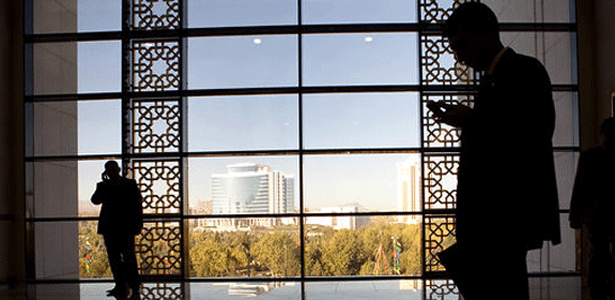Ottawa, November 30, 2012 – Canada’s new asylum system, which was included in the Protecting Canada’s Immigration System Act, will come into force on December 15, 2012, Citizenship, Immigration and Multiculturalism Minister Jason Kenney announced today.
“Our changes will make Canada’s asylum system faster and fairer,”said Minister Kenney.
“For too long, Canada’s generous asylum system has been vulnerable to abuse. Under the new asylum system, genuine refugees fleeing persecution will receive protection more quickly. At the same time, bogus asylum claimants and those who abuse our generous system at great expense to taxpayers, will be removed much faster.”
All eligible asylum claimants will continue to receive a hearing at the independent Immigration and Refugee Board of Canada (IRB) based on their individual circumstances.
Under the new system, asylum claimants will receive a hearing within 60 days after their claim is referred to the IRB. In contrast, claimants currently wait, on average, close to 600 days to receive a hearing.
For the first time in Canadian history, most applicants will have access to a newly-created Refugee Appeal Division (RAD). Failed asylum claimants from countries that have a history of producing genuine refugees will have the benefit of this full fact-based appeal. The new RAD will have the authority to reverse a negative decision by the IRB, if the evidence compels it.
For claimants from countries that do not normally produce refugees, their claims will be expedited, but they will still receive the same individualized hearing that all asylum claimants currently receive. Following the example of most democratic countries, the new measures allow the government to identify designated countries of origin (DCOs). Asylum claims from these presumptively “safe” countries, which respect human rights and offer state protection, will be processed on an accelerated basis.
This means that, for DCO claimants, hearings will be held within 30 or 45 days, depending on whether the asylum claim was made at an inland CIC office or at a port of entry.
“Last year alone, nearly a quarter of all asylum claims in Canada were made by people from democratic European Union nations – that’s more claims than Canada received from Africa or Asia,”said Minister Kenney.
“We’re spending far too much time and taxpayers’ money on bogus claims, and on generous tax-funded health and social benefits for claimants from liberal democracies.”
The Protecting Canada’s Immigration System Act is expected to save provinces and territories $1.6 billion over five years in social assistance and education costs.
Under the new system, failed asylum claimants will be removed from Canada within a year of their final IRB decision, compared to the current situation in which it generally takes 4.5 years to exhaust all recourses and remove a failed asylum claimant. Faster removal of failed claimants will help discourage individuals from using the asylum system to try to jump the immigration queue to enter Canada.
The new asylum system also expands provisions that bar serious criminals from even being able to make asylum claims.
“Sixty-two percent of all asylum claims – and virtually all asylum claims for the European Union – were either abandoned or withdrawn by the claimants themselves or rejected by the IRB last year,”said Minister Kenney.
“It became abundantly clear that our system needed to be changed. These changes will move our asylum system from one that allows bogus claimants to rely on loopholes and redundant appeals to delay their removals for several years, to a system that hears claims quickly and removes bogus claimants faster. That is in the best interest of Canada, and of legitimate refugees. Canada’s asylum system is one of the most generous in the world and will continue to be under the new and improved system.”
Canada’s new asylum system is the result of two laws passed by Parliament — theBalanced Refugee Reform Act (June 2010) and the Protecting Canada’s Immigration System Act (June 2012).















